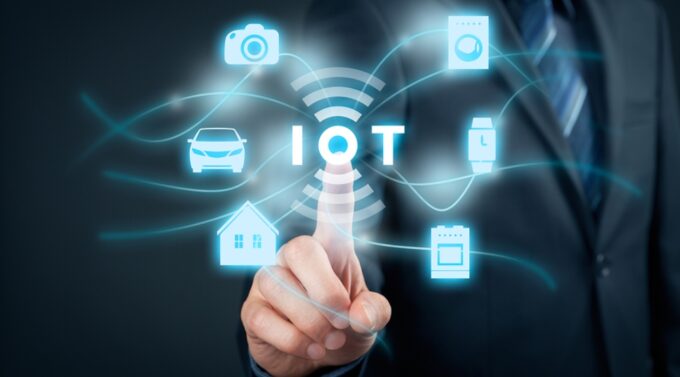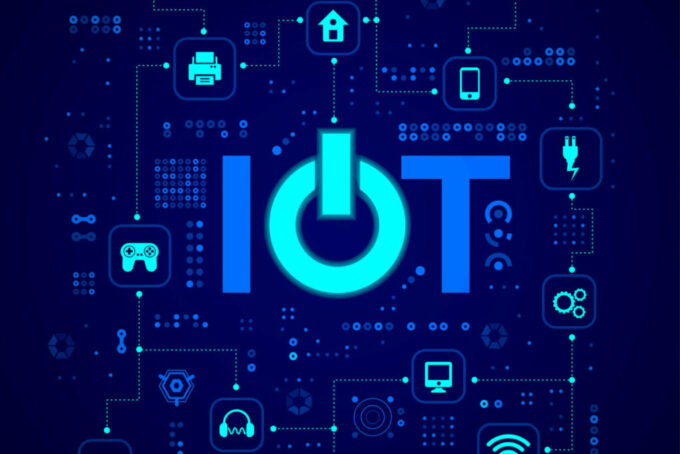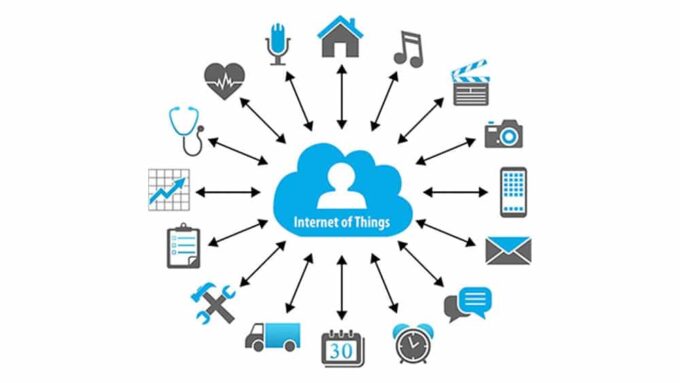Several technologies have become popular with the drop in sensor prices, the popularization of remote storage services and big data. The ease of access to these resources has also strengthened a trend that is increasingly present in our lives: the IoT (Internet of Things). The term refers to the concept of connectivity between devices, and between devices and systems.
For example, in the oil & gas industry, pressure transmitters enable IoT systems to monitor changes in the pressure of gases and liquids. This exchange of information is possible thanks to sensors and actuators that are embedded in these devices.
In general terms, the internet of things seeks to eliminate the need for human intervention in several aspects, while making life easier for those who use it.
Benefits for people and industries

IoT represents a potential solution for improving people’s lives. In addition to the exchange of data between machines, facilitating access to information, there is also the possibility of energy savings, safety, health, education and other aspects of daily life. An example of this is the smartwatch, which monitors the health and is still connected to the cloud.
In industries and companies that relate directly to the end customer, intercommunicating embedded systems have the power to increase productivity, create new production strategies and better understand the market. This concept is called Smart Industries or Industries 4.0.
In the survey carried out by 2ndWatch with 500 IT and digital marketing professionals, we came up with figures that can be said to reflect the current moment and the potential of the IoT. One result is that 29% of respondents see IoT as a way to better understand their customers and the second most popular reason is the improvement of supply networks.
Obtaining data remotely is not a privilege of the industrial sector or of those who have mobile devices. This year, researchers used sensors attached to the backs of bees to monitor activity in hives. Together with a micro sensor installed at the hive entrances, the information obtained by the bees coming and going could provide valuable information for beekeepers and primary producers.
IoT implementation and security

Gartner, a consulting company that constantly conducts research related to the IT sector, annually publishes a graph that illustrates stages of development of various technologies. According to this year’s chart, the IoT is at the highest peak of expectations, and the period of effective production is 5 or 10 years from now. But that does not mean that IoT is no longer a reality. There are many investments and research in this area, as we will see later.
It is reasonable to think that this long time of effective production is probably due to issues of implementation and security, which are not trivial. The implementation of IoT involves a change from traditional methods. When this resistance is overcome, some steps are suggested in the implementation of IoT solutions, as stated by Computer World:
- Processes: understand the procedures in real-time and list the possibilities for improvement.
- Benefits: identity which sensors and technologies are best suited to the need.
- Post-acquisition: IoT has an intimate relationship with Big Data, making the moment of acquisition and post-processing really important.
- Company culture: awareness of employees in this new phase.
- Partnerships: search for partners who have specific solutions for each stage of implementation.
- Implementation and development: use of data in decision making and strategy development.
Large investments

One of the companies that believed in this new trend was Symantec. This digital security company known for its vast line of products for Information Security already has 1 billion protected devices related to the internet of things. The IoT experts also reaffirm the need for security on mobile devices and seek partnerships in industrial sectors to further increase the area of operation.
Another major company, IBM, invested $ 3 billion in hiring 2,000 employees specifically for IoT research and development. This resource will add to another 10 billion dollars that the company has already invested, strengthening actions in four areas of IoT: devices and networks, platforms, applications and solutions and industry-specific transformations. In general, the IoT represents a huge leap in the way machines relate to the machines themselves, with us users who will benefit from it.
The importance of Big Data for IT

The term Big Data is given to the storage and processing of the mixture of structured data (numbers) and unstructured (image, social media, Twitter, etc.). It works with a large volume of data at an acquisition speed that can even be in real-time while receiving different types of inputs.
This favors the so-called analysis era, wherefrom the data obtained there are motivations for strategic actions, new ways of approaching customers, and increased productivity in industries. Data collection is called data mining. However, not all of this data is valuable and a selection is necessary. Useful data is no longer called data, but information. In this way, information already has useful aspects and added value.
Data mining seeks to find patterns (classify and create prediction models), segment information (isolating variables) or search for correlations between existing data. That’s where Big Data’s big advantage lies. These collections, storage, and post-processing methods are used in conjunction with the IoT. There are countless technical challenges to deal with these possibilities, but it is good to make a big addendum when it comes to security.
Giving data security its due importance

The main concern is to safeguard the life cycle of data obtained by mobile devices. It is understandable that a large amount of data is provided deliberately by users, but this is not always the case. Some serious problems that can occur after the acquisition of data are its indiscriminate collection, its misuse and security breaches in devices and data warehouses.
Thus, some ways to control information are authentication and authorization, applications and databases, privileged user access, data encryption, not only stored data but also data in transit. In addition, separation of responsibility and functions, security in APIs, monitoring and reporting are also important for general security.
As we can see, security is a fundamental part that cannot be neglected, especially in technological trends that spread as quickly as those related to mobile devices. The final tip is to always be in doubt about sharing personal information.
However, as with any form of data exchange, the issue of security is present and it is essential that we use common sense and, above all, look for good solutions for companies for digital security. Look for more details about IoT development at Euristiq.









